This is my f-84 Thunderjet, part of my Cold War Mega Build Series (CWMBS). I had to put a bit more weight in the left wing to stop it from rolling to the right, but now taking off is difficult, to successfully take off,
---Instructions---
- To take off, yaw a bit to the left, and let the plane do the wobble, at 160 mph pull up, you should be off the ground now
-AG 1-6 activates missiles
---Notes---
-I'm very sorry about the fact the plane is very difficult to take off, but once you get used to it it should be pretty easy
-the Boom-50 is supposed to be the nuclear bomb the real Thunderjet has, but because you know I can have a nuke.
- Uses Wakescar's 10x j-15 engine
---Description (from Wikipedia)---
The Republic F-84 Thunderjet was an American turbojet fighter-bomber aircraft. Originating as a 1944 United States Army Air Forces (USAAF) proposal for a "day fighter", the F-84 first flew in 1946. Although it entered service in 1947, the Thunderjet was plagued by so many structural and engine problems that a 1948 U.S. Air Force review declared it unable to execute any aspect of its intended mission and considered canceling the program. The aircraft was not considered fully operational until the 1949 F-84D model and the design matured only with the definitive F-84G introduced in 1951. In 1954, the straight-wing Thunderjet was joined by the swept-wing F-84F Thunderstreak fighter and RF-84F Thunderflash photo reconnaissance aircraft.
The Thunderjet became the USAF's primary strike aircraft during the Korean War, flying 86,408 missions and destroying 60% of all ground targets in the war as well as eight Soviet-built MiG fighters. Over half of the 7,524 F-84s produced served with NATO nations, and it was the first aircraft to fly with the U.S. Air Force Thunderbirds demonstration team. The USAF Strategic Air Command had F-84 Thunderjets in service from 1948 through 1957.
The F-84 was the first production fighter aircraft to utilize inflight refueling and the first fighter capable of carrying a nuclear weapon, the Mark 7 nuclear bomb. Modified F-84s were used in several unusual projects, including the FICON and Tom-Tom dockings to the B-29 Superfortress and B-36 bomber motherships, and the experimental XF-84H Thunderscreech turboprop.
The F-84 nomenclature can be somewhat confusing. The straight-wing F-84A to F-84E and F-84G models were called the Thunderjet. The F-84F Thunderstreak and RF-84F Thunderflash were different airplanes with swept wings. The XF-84H Thunderscreech (not its official name) was an experimental turboprop version of the F-84F. The F-84F swept wing version was intended to be a small variation of the normal Thunderjet with only a few different parts, so it kept the basic F-84 number. Production delays on the F-84F resulted in another order of the straight-wing version; this was the F-84G.
Specifications
General Characteristics
- Predecessor Cold War-F-84 Thunderjet (HELP)
- Created On iOS
- Wingspan 32.0ft (9.8m)
- Length 25.6ft (7.8m)
- Height 11.8ft (3.6m)
- Empty Weight 6,377lbs (2,892kg)
- Loaded Weight 10,870lbs (4,930kg)
Performance
- Power/Weight Ratio 0.31
- Wing Loading 57.3lbs/ft2 (280.0kg/m2)
- Wing Area 189.6ft2 (17.6m2)
- Drag Points 3031
Parts
- Number of Parts 76
- Control Surfaces 7
- Performance Cost 420

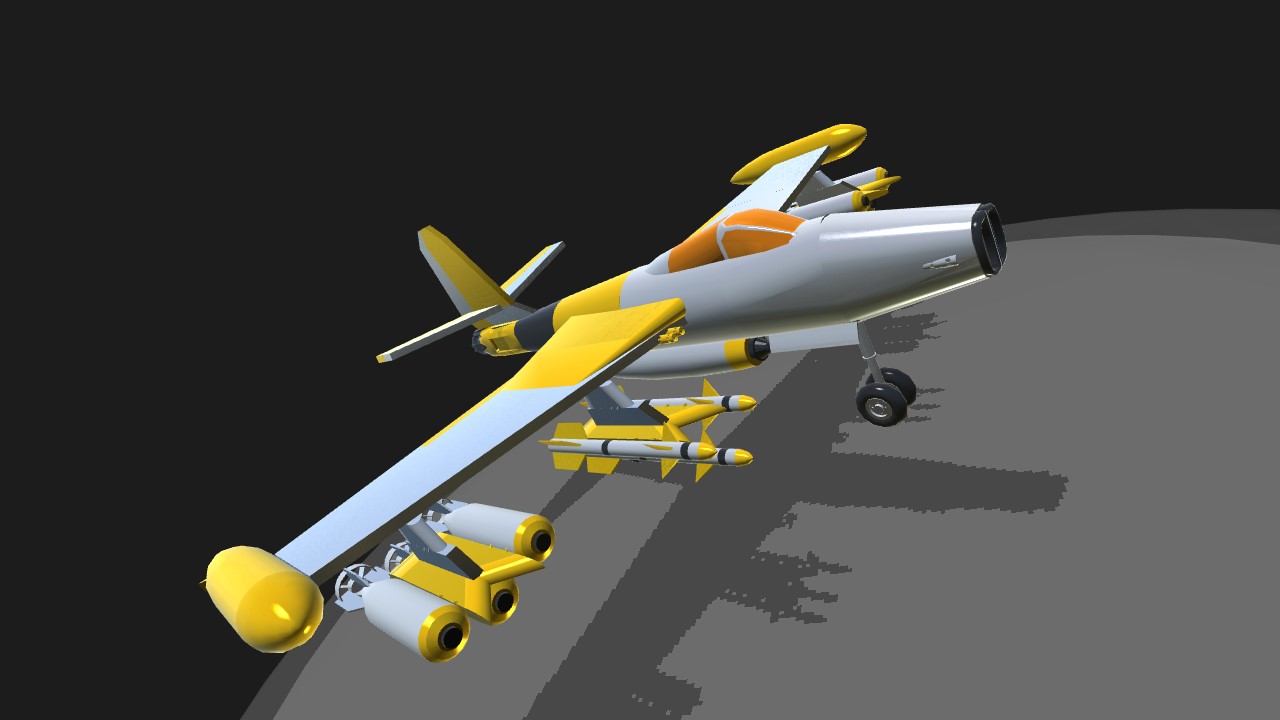

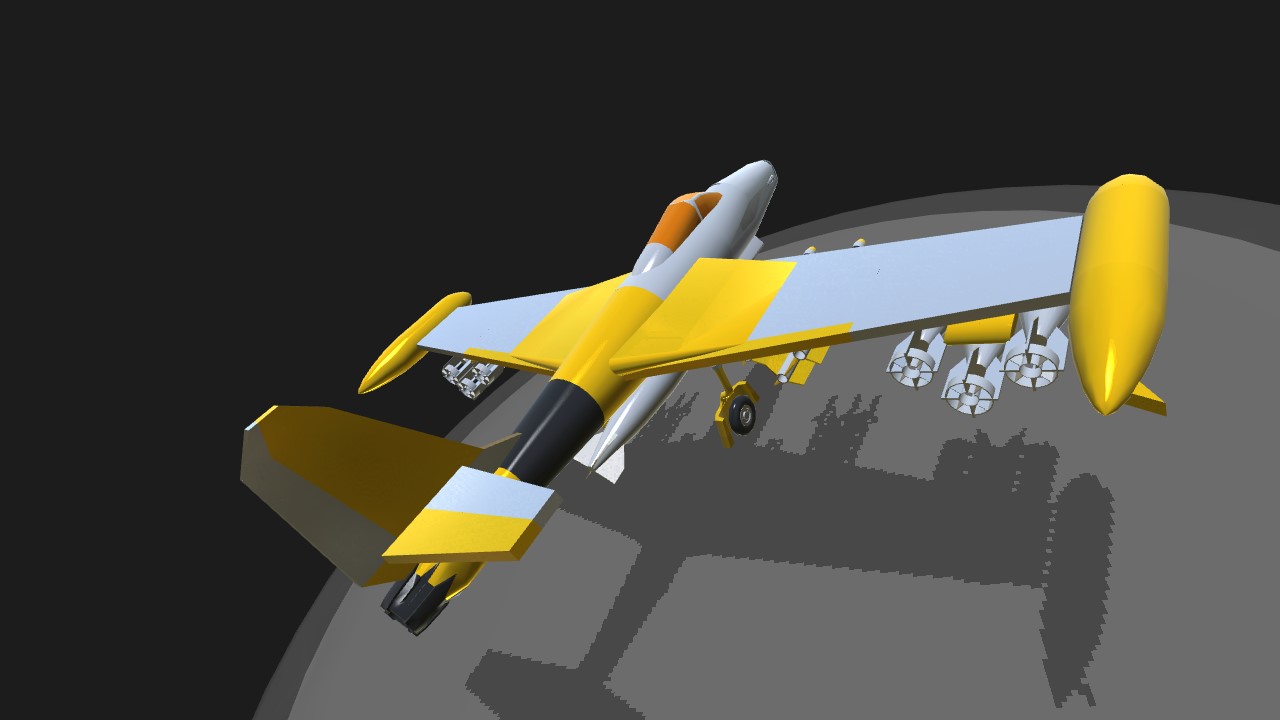
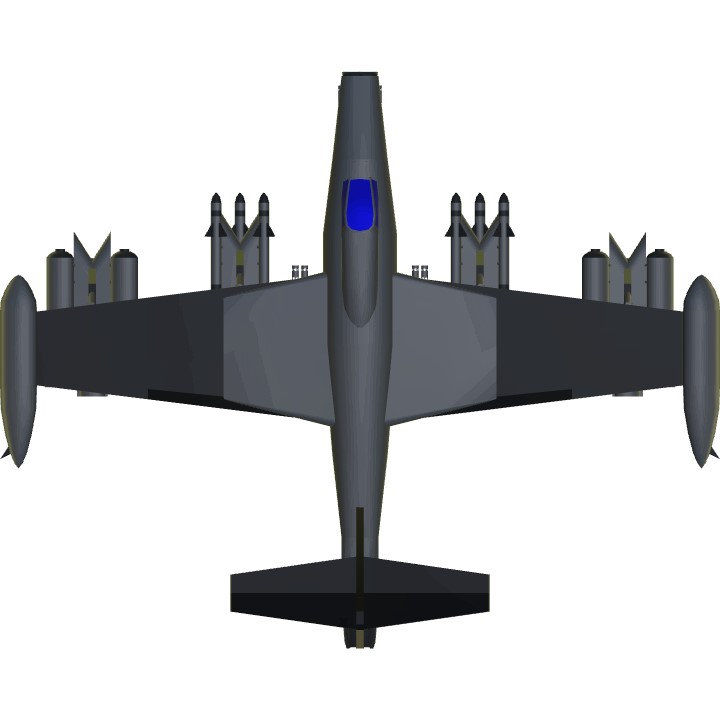
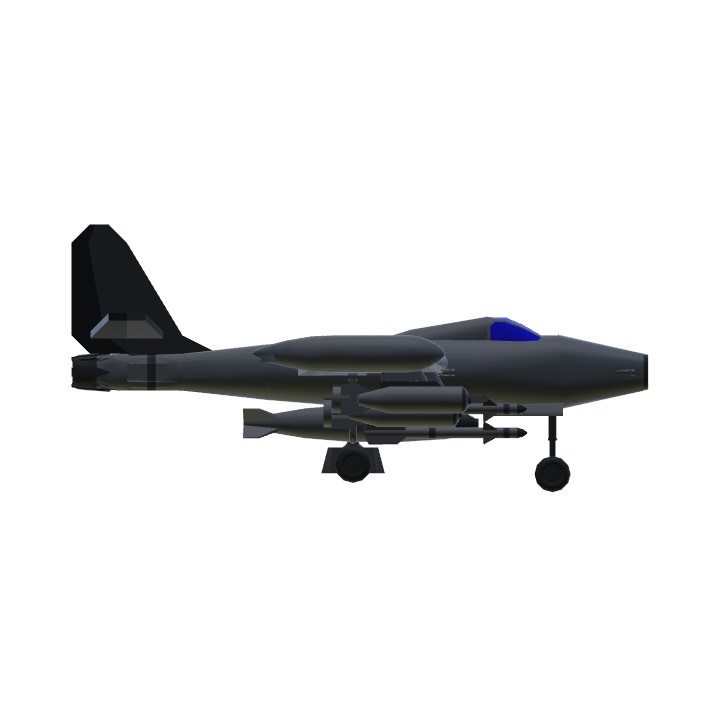
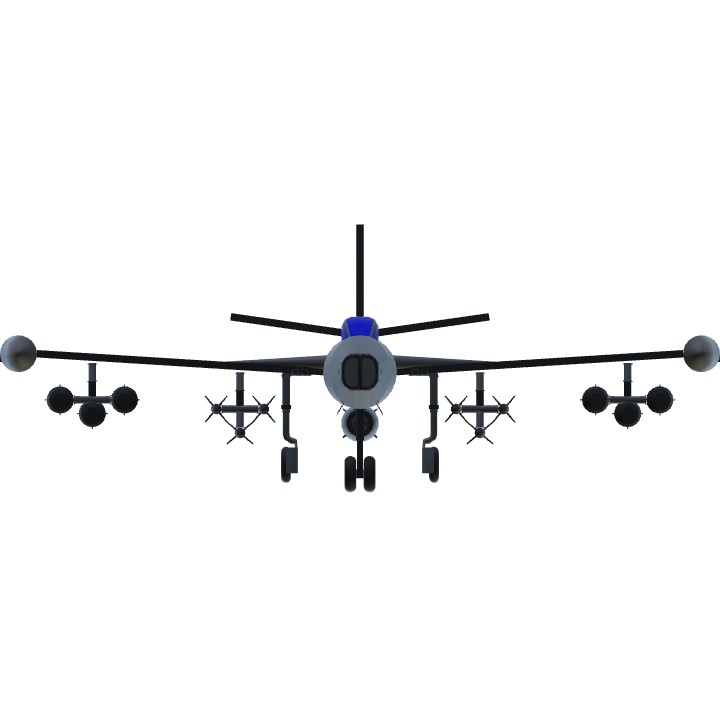
@Supercraft888 no problem!
Thanks! @General360 @MrSilverWolf @Glaceon